5 Areas to Improve for Your Website in 2019
Your website really is a round-the-clock salesman, which means it will probably be your greatest asset in encouraging purchases from consumers, and that should probably make it the centerpiece of all your marketing initiatives.
Your website is the anchor of all your digital marketing initiatives, and as such it should provide the very best user experience possible, so as to encourage more visitors, and to provide the most relevance to your visitors. In order to maximize the user experience on your website, you should be thinking in terms of maximum performance, the highest quality of content, the most appealing visuals and graphics, and providing materials and information of high relevance, all of which will lead to increased conversions.
It can be difficult sometimes to maintain a useful and desirable user experience for your website, with digital trends frequently outdating various features, and making your website seem old. If you don't have the money for a complete renovation of your website, there are still a number of things you can do to significantly improve your user experience for 2019.
On-page search engine optimization
One big way of improving your website for 2019 is to implement on-page search engine optimization which will lead to an increased ranking for your page, so that more of your users can find it on searches. Internal links can be very important, as can external links from other bloggers and websites which demonstrate to Google that your page has value to a number of other users.
You should also include important keywords in your H1, H2, and H3 headers, so that the Google search engine will find them and rank your website higher. Anything you can do to make your individual webpages more appealing to the search engines, should be addressed and implemented, because if users can't find your webpage, it won't matter how good a user experience you might provide for them.
Understand your audience better
One of the best ways to improve your website is to provide your audience with the content they are looking for. When you know what their wants, needs, and pain points are, you will be able to address those issues with content on your website, so everything they read has relevance to them personally, and keeps them coming back to learn more.
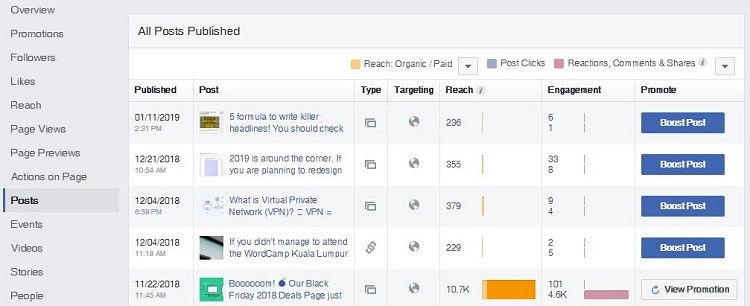
One of the best vehicles for learning and understanding more about your audience is to make liberal use of Google Analytics or Facebook Analytics, because these are excellent tools for identifying user behaviors. Using these analytical tools will help you determine which kind of content resonates best with your target audience, and that will tell you what you should emphasize on your website.
Improve loading speed
Optimize your page for speed is crucial to providing your visitors with the best possible user experience. Nothing is more frustrating for users than waiting for images to load, or for any other content to load so it can be read. Chances are, if a user has to wait more than a few seconds, they will abandon your website in favor of one of your competitors. Statistics show that if your website causes users to wait more than five seconds for all content to load, you will have lost upward of 20% of all website visitors.
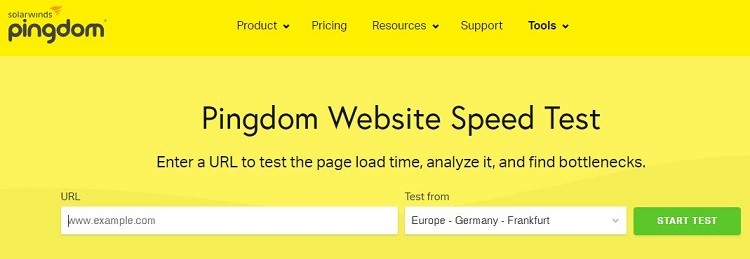
Your first step should be to check your website speed, possibly by making use of Google's free service, and then start thinking about ways you can improve your loading speed. One of the most obvious ways is to compress all your images before having them loaded, since image loading is one of the slower processes involved. Try using a website like compressor.io in order to experience a significant increase in your website's loading speed.
Use whitespace wisely
Whitespace might be one of the last things you think of in terms of improving your website, but in truth it can have a terrific impact on your viewing audience. Whitespace makes your content much more readable, and allows your readers to focus better on all the elements which surround the text. A survey conducted by Crazy Egg showed that whitespace which was used around titles and text elevated user attention by up to 20%.
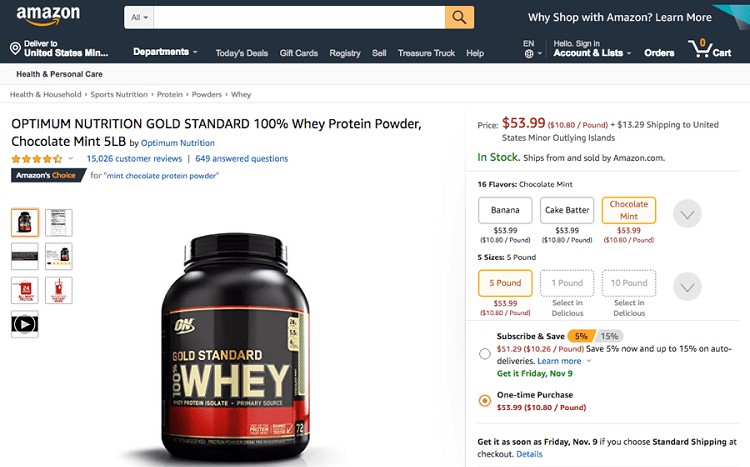
Liberal use of whitespace can also give your website the appearance of being modern, open, and fresh, and when coupled with content that reflects those same qualities, it can convey a very positive image to the reader. There is however, a trick to deciding exactly how much whitespace to include on your webpage, because even whitespace does take up room.
For instance, when you're trying to include as much information above the fold of the screen (the part which is visible without having to scroll), you have to be careful about your whitespace usage, so that you can make important information readily viewable. By finding the right balance between communicating important information, and surrounding that information with whitespace which makes it more digestible, you can achieve a perfect balance for your readers.
Implement appealing calls to action
Most visitors to websites are already at least unconsciously aware of the visual cues which are placed strategically throughout a website to identify important content. You should do the same with your calls to action, marking them with action words that tell users to navigate to your website, and which show them exactly where to go, to get what they want.
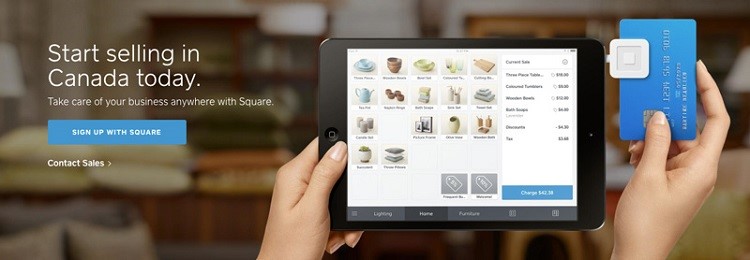
Make your calls to action more appealing by coloring the buttons to coordinate with the message that you're trying to evoke. Believe it or not, emotions like intelligence, trust, and experience can all be conveyed by using an appropriate color for your call to action button. You should also give some thought to the words you place on your call to action button, and these should always be action words which encourage users to perform some activity.
Whatever words you use on your call to action buttons should be time-sensitive, action-oriented, and bold enough to promote instant action. The whole point is to encourage users to take some kind of action, presumably the next step in the sales cycle, so that the user progresses toward a purchase.
Related Posts
Blackmail is a serious crime that can cause immense stress and fear.
In today's data-driven world, databases form the backbone of countless applications and systems that power businesses across industries.
It’s no longer a hidden fact that social media platforms like Facebook affect the mental health of users.
Relocating an IT company is a significant endeavor that involves careful planning, coordination, and execution.
Today maintaining office security has become an important concern for businesses of all sizes.
A registered office address is a fundamental requirement for any business entity, whether it’s a corporation, limited liability company (LLC), or partnership.








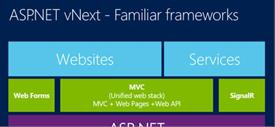




Comments
comments powered by Disqus